Autistic Facial Characteristics Identified
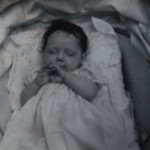 I was really amazed to find a mew medical study had identified autistic facial characteristics. In 1965, when I was diagnosed at age 2 as psychotic, childhood psychosis (autism was called this in the 40s,50s, 60s) was thought to affect only 1-4 children in every 10,000. So maybe their facial characteristics may have been more recognisable back then. With around 1 in 88 now diagnosed as somewhere on the autism spectrum, I hadn’t noticed that autistic children or adults looked particularly ‘different’ or ‘odd’ but I did get comments that I had the same face I had when I was a young child, which is of course rather odd when one is 48 years old! So I thought to explore what these facial characteristics were and whether these might be part of why I kept this child face into my late 40s. The study, published in the journal, Molecular Autism, was cited in Science Daily. It drew upon on research by professors in anatomy at MU School of Medicine in association with the Thompson Center for Autism and Neurodevelopmental Disorders. But it didn’t just look generally at faces of those with autism. The features were apparently more subtle than that so recognising these features required:
I was really amazed to find a mew medical study had identified autistic facial characteristics. In 1965, when I was diagnosed at age 2 as psychotic, childhood psychosis (autism was called this in the 40s,50s, 60s) was thought to affect only 1-4 children in every 10,000. So maybe their facial characteristics may have been more recognisable back then. With around 1 in 88 now diagnosed as somewhere on the autism spectrum, I hadn’t noticed that autistic children or adults looked particularly ‘different’ or ‘odd’ but I did get comments that I had the same face I had when I was a young child, which is of course rather odd when one is 48 years old! So I thought to explore what these facial characteristics were and whether these might be part of why I kept this child face into my late 40s. The study, published in the journal, Molecular Autism, was cited in Science Daily. It drew upon on research by professors in anatomy at MU School of Medicine in association with the Thompson Center for Autism and Neurodevelopmental Disorders. But it didn’t just look generally at faces of those with autism. The features were apparently more subtle than that so recognising these features required:
…she mapped 17 points on the face, such as the corner of the eye and the divot in the upper lip. When Aldridge calculated the overall geometry of the face using these points, and compared children with autism and typically developing children, she found statistically significant differences in face shape.
What the study found was:
Children with autism have a broader upper face, including wider eyes.
Children with autism have a shorter middle region of the face, including the cheeks and nose.
Children with autism have a broader or wider mouth and philtrum — the divot below the nose, above the top lip.
what’s more, in the study, they found 2 distinctly different sets of facial features which appeared to correspond to those with an autism diagnosis and those with an Asperger’s Syndrome diagnosis with the more ‘big headed’ type far more correlated with AS than autism. And will they find that this correlates with recent findings of two distinctly different types of autism?
I’d like to know if this has anything to do with having a face that doesn’t seem to change much with age.
And did my face change as I grew up?
Donna Williams, BA Hons, Dip Ed.
Author, artist, singer-songwriter, screenwriter.
Autism consultant and public speaker.
http://www.donnawilliams.net
I acknowledge Aboriginal and Torres Strait Islander people as the Traditional Owners of this country throughout Australia, and their connection to land and community.
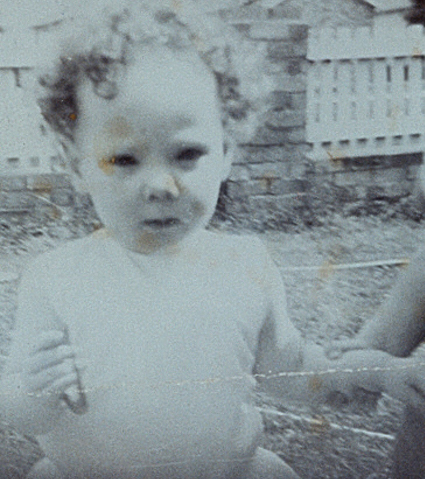
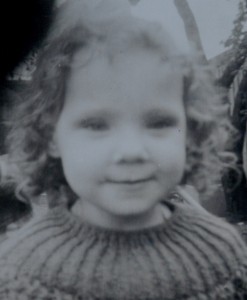
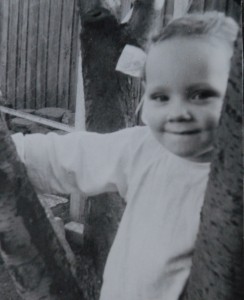
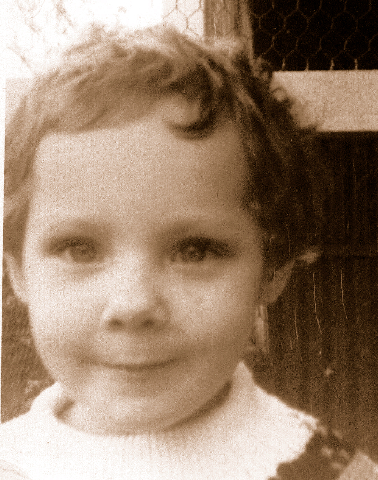
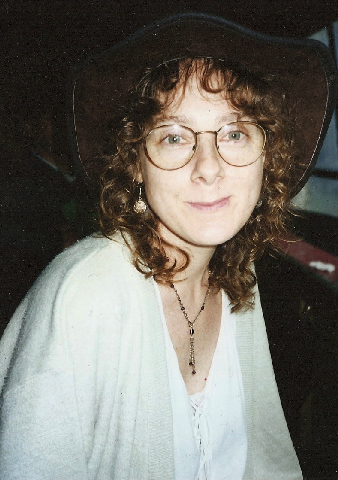

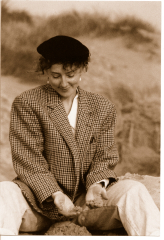

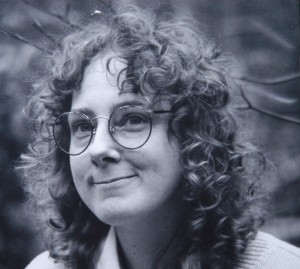
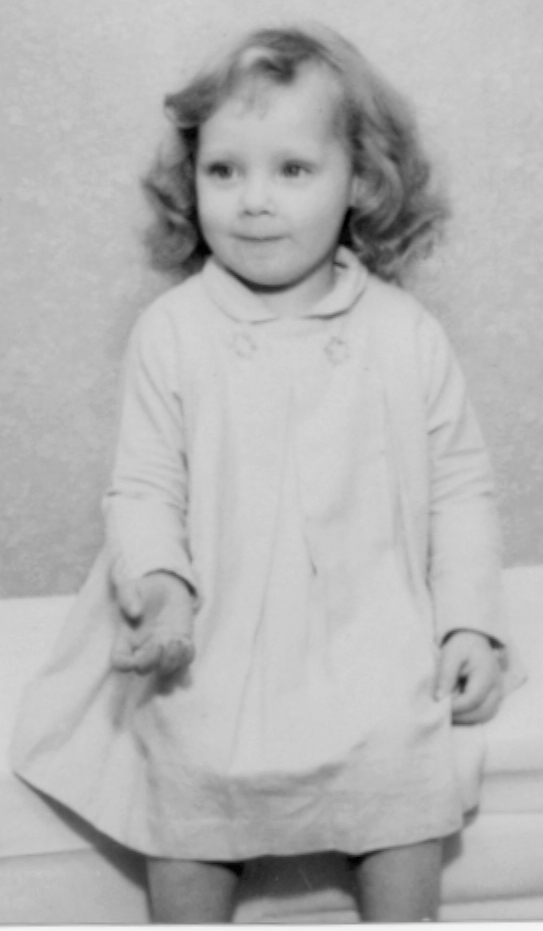

Dear Team Donna,
Think of you often~
Sam was our large doe eyed, big mouthed, big headed beautiful boy.
We were always told he had such an expressive face….
He’s 20 now and finding his way.
You stay healthy sweet counselor!
Bernette
Very interesting, and I agree your face hasn’t changed! Clever and perceptive of you!